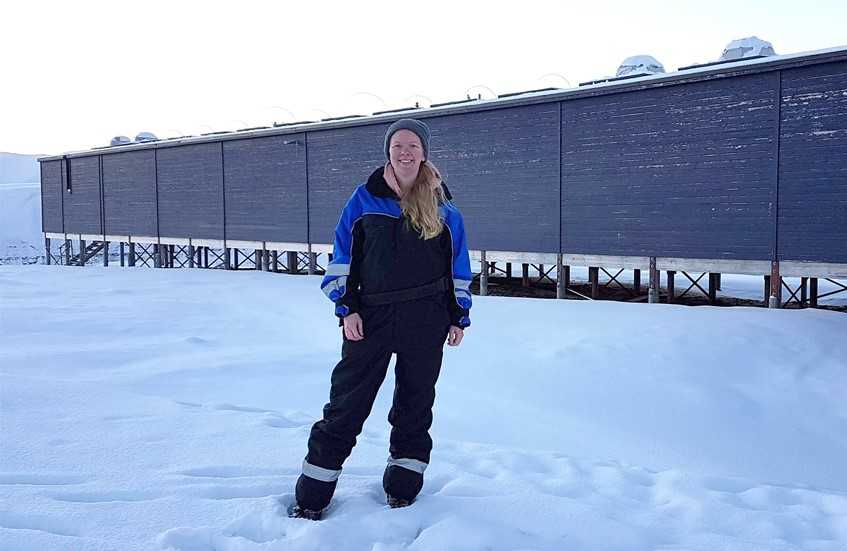In the high-latitude ionosphere there are several regions where the electron density can be very low, like in troughs, polar holes and auroral cavities. Investigating such electron density depletion regions is important for understanding the coupled magnetosphere-ionosphere system, because they imply asymmetries in ionospheric conductivity.
In a study recently published in Journal of Geophysical Research, postdoc Lindis Bjoland and her co-authors have observed an electron density depletion region in the early morning F-region ionosphere, using data from both the EISCAT Svalbard radar as well as the CHAMP/Swarm satellites. Their results indicate that, statistically, this depletion region is most pronounced during winter and equinox under moderate to high solar activity. To explain the results, Lindis Bjoland says: “Our results indicate that the formation of this depletion region is connected to frictional heating and that this formation is affected by the background effective temperature, as well as seasonal and local time variations in the O/N2 ratio and solar zenith angle”.
We should add that this study may be ground-breaking, as this is the first time the EISCAT Svalbard radar has characterized these regions of very low electron densities in a large statistical study.




